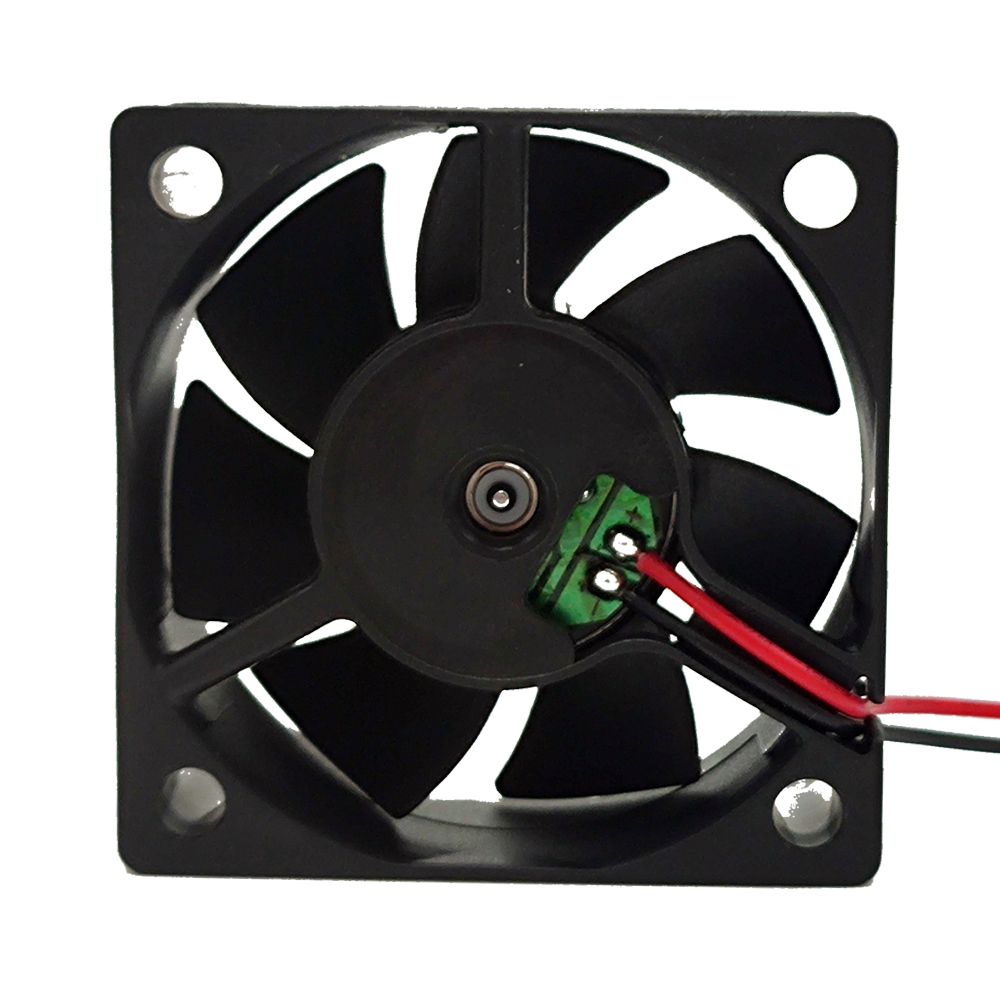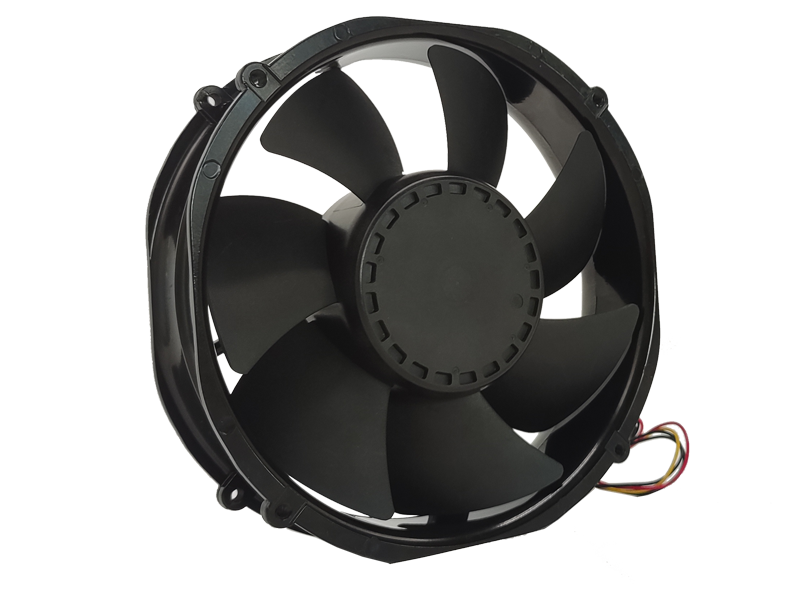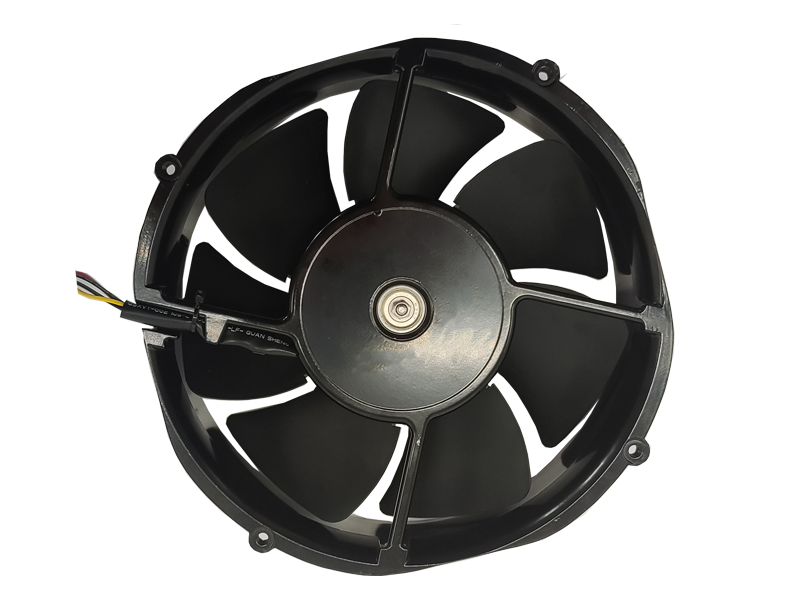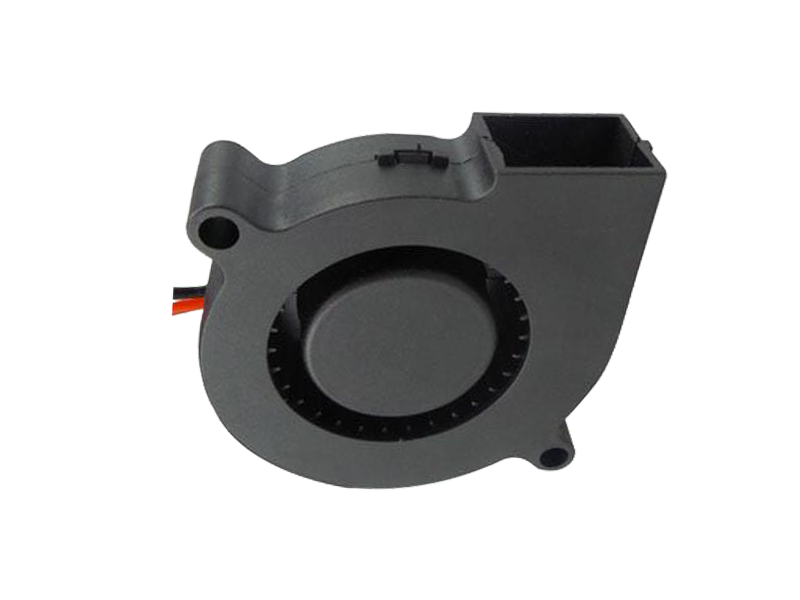Industrial fans are integral components in many manufacturing processes, serving functions such as cooling machinery, maintaining airflow in warehouses, or supporting ventilation in confined spaces. The importance of selecting and designing an efficient industrial fan cannot be overstated, as it can directly impact energy costs, product longevity, and operational efficiency. However, designing a fan for industrial use is more complex than simply choosing the right motor and blade. Factors such as energy efficiency, noise reduction, durability, and ease of maintenance must all be taken into account to create a product that meets the specific needs of various industries.
This article will delve into the key factors to consider when designing industrial fans from a product development perspective, focusing on efficiency, durability, and cost-effectiveness. By understanding these factors, manufacturers can create industrial fans that not only perform optimally but also offer long-term value to the end user.
I. Energy Efficiency: The Core of Industrial Fan Design
In industries where machinery and equipment operate around the clock, energy consumption can become a significant operating cost. Therefore, energy efficiency is one of the most important factors in designing industrial fans. An efficient fan can lower electricity bills, reduce a facility's carbon footprint, and improve overall operational performance.
Motor Efficiency
The motor is at the heart of the industrial fan, and its efficiency directly impacts the overall energy consumption of the fan. Historically, industrial fans have relied on induction motors, but modern trends point toward the use of more energy-efficient motor technologies. For example, permanent magnet motors (PMMs) and electronically commutated motors (ECMs) offer substantial energy savings over conventional motors, thanks to their higher efficiency rates.
These advanced motors require less power to achieve the same level of airflow, making them ideal for industries focused on reducing energy costs and improving sustainability. Incorporating these motors into the design of industrial fans can lower long-term operational costs and make the product more appealing to eco-conscious consumers.
Fan Blade Design and Efficiency
Another key factor that impacts the efficiency of an industrial fan is the design of the fan blades. Optimizing the blade angle, shape, and material can significantly improve airflow and reduce drag. This reduces the need for excessive motor power, leading to lower energy consumption.
For example, a fan with optimized blades will require less force to move air through a system, reducing the load on the motor and increasing the fan's overall efficiency. Manufacturers can also use advanced composite materials for fan blades, which offer a better balance of weight, strength, and aerodynamic performance compared to traditional metals.
Variable Speed Controls
Variable speed drives (VSD) are another important feature that can contribute to a fan’s energy efficiency. VSDs adjust the fan's speed based on real-time demand for airflow, so the fan is not constantly operating at full speed. This can save a significant amount of energy when the fan is operating under low-load conditions, such as in the early morning or late evening when the cooling needs are less.
II. Durability and Reliability: The Importance of Product Longevity
Industrial environments are often harsh, and fans must be built to withstand these conditions while delivering consistent performance. Factors like temperature extremes, humidity, dust, and corrosive substances can all degrade a fan’s components over time, leading to costly repairs or replacements. Therefore, product longevity and reliability should be a top priority for manufacturers designing industrial fans.
Material Selection
The materials used in the fan's construction play a critical role in determining its durability. For environments where exposure to moisture, dust, or chemicals is common, selecting corrosion-resistant materials such as stainless steel, coated aluminum, or high-performance plastics can extend the fan's lifespan.
In addition to corrosion resistance, manufacturers should select materials that can withstand the physical stress of continuous operation. Composite materials, for example, are often used in fan blades to balance durability with weight, while reducing the risk of wear and tear over time.

Seals and Bearings
High-quality seals and bearings are essential in preventing debris and moisture from entering the fan's internal components. Dust and moisture can accelerate wear on the motor and bearings, leading to premature failure. Using advanced seals, such as rubberized or silicone gaskets, and high-grade bearings designed to handle dust and humidity, will improve the fan's overall reliability and reduce the frequency of maintenance or part replacements.
Design for Easy Maintenance
Regular maintenance is crucial for ensuring the long-term performance of industrial fans. Designs that allow for easy access to the fan's components—whether it's the motor, bearings, or blades—make it easier for operators to perform routine checks and repairs. This helps prevent unplanned downtime and ensures that the fan continues to operate efficiently over its lifespan.
III. Balancing Cost and Quality in Product Design
While energy efficiency and durability are critical, cost is always a consideration when designing industrial fans. Manufacturers must balance the initial cost of the product with its long-term value, taking into account factors like energy savings, maintenance costs, and overall lifespan.
Upfront Costs vs. Long-Term Savings
Although energy-efficient fans and high-quality components may have a higher upfront cost, their long-term savings in operational costs can justify the investment. For example, a fan that consumes less energy and requires less maintenance will deliver savings over time, making it a better value in the long run.
Customizability and Versatility
Offering customizable features or a range of models can also allow manufacturers to cater to different customer needs and budgets. Some industrial facilities may require high-performance fans with advanced motor technology, while others may need a more basic model. By offering a variety of options, manufacturers can reach a broader market and provide solutions that meet the needs of both cost-sensitive and performance-driven customers.
IV. Conclusion
Designing industrial fans requires a thoughtful balance between energy efficiency, durability, and cost-effectiveness. By focusing on advanced motor technologies, optimized blade designs, and high-quality materials, manufacturers can create products that deliver superior performance, last longer, and reduce operational costs. Additionally, incorporating features like variable speed controls and easy maintenance designs can enhance the fan's value proposition, making it a critical asset in various industrial settings. Ultimately, product developers must understand the unique requirements of their customers and design fans that offer both immediate and long-term benefits.
Recommended Products

The main purpose:Car charging station

The main purpose:Car charging station

The main purpose:Electronic refrigerators, water dispensers, direct drinking machines, inverter power supplies
Address:No. 4137, Longgang Avenue (Henggang Section), Henggang Community, Henggang Street, Longgang District, Shenzhen
hotline:13530005572(Chen)15112579390(Li)


Welcome all friends to come for consultation and negotiation.
Copyright 2024 @ Shenzhen Youneng Xinyuan Electronics Co., Ltd.,(industrial fans,industrial blowers,axial fans,cooling fans manufacturer,centrifugal fans,ac cooling fans,dc cooling fans)